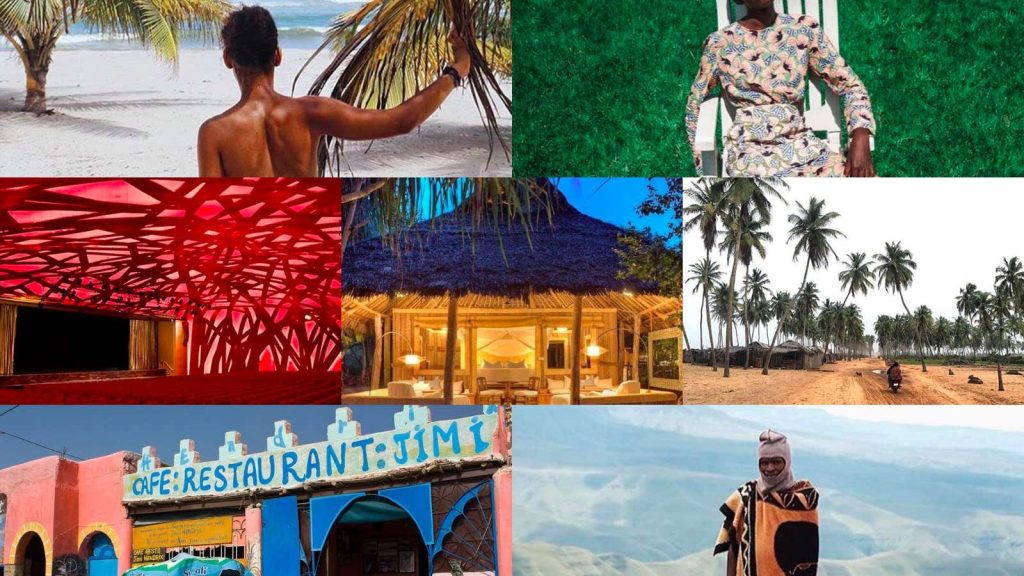
African Tourism: Rediscovering the Continent’s Hidden Gems
In a remote corner of Botswana, the Okavango Delta teems with life. Elephants wade through sparkling waters, lions stalk the plains, and herons glide gracefully overhead. Thousands of miles away, on the shores of Zanzibar, tourists sip cocktails as the sun dips below the Indian Ocean’s horizon. Africa’s natural and cultural treasures are unmatched, yet the continent accounts for only 5% of global tourism receipts. For a region so rich in wonders, this disparity is a glaring contradiction.
Tourism is a significant economic driver, employing over 24 million Africans and contributing around $169 billion to the continent’s GDP in 2019. Yet, these figures pale compared to Africa’s potential. With its diverse ecosystems, ancient history, and vibrant cultures, the continent could become a global tourism powerhouse. However, achieving this requires addressing systemic challenges and reshaping the narrative around travel in Africa.
One obstacle is accessibility. High travel costs deter many potential visitors, as flights to African destinations often exceed those to Europe or Asia. Limited regional connectivity further compounds the issue, making intra-African travel expensive and inconvenient. Governments and airlines are beginning to tackle this. The African Union’s Single African Air Transport Market (SAATM) aims to liberalize air travel across the continent, reducing fares and increasing connectivity. If fully implemented, this initiative could transform Africa’s tourism landscape.
Safety perceptions also play a role in limiting tourism growth. While many African destinations are as safe as their global counterparts, high-profile conflicts and health crises tend to dominate headlines. Changing these perceptions requires coordinated efforts to market Africa as a diverse and safe destination, showcasing its unique offerings rather than allowing the narrative to be shaped by sporadic events.
Beyond perception, sustainability is a pressing issue. Over-tourism threatens fragile ecosystems and local communities. In Kenya’s Maasai Mara, for instance, unchecked tourism has put pressure on wildlife habitats. To combat this, countries like Rwanda and Botswana have embraced high-value, low-impact tourism models. Rwanda’s gorilla trekking permits, priced at $1,500 per person, fund conservation efforts while limiting visitor numbers, ensuring a balance between tourism and preservation.
However, sustainability must extend beyond environmental concerns. Local communities need to benefit directly from tourism revenues. Too often, profits flow to international operators, with little trickling down to the people who call these destinations home. Initiatives like South Africa’s Fair Trade Tourism certification, which promotes ethical practices, are steps in the right direction.
Technology is also reshaping the industry. Platforms like Airbnb are expanding accommodation options, while digital marketing allows smaller operators to reach global audiences. Social media has become a powerful tool for promoting Africa’s attractions, with travelers sharing breathtaking images of places like Victoria Falls and Mount Kilimanjaro. Yet, digital inclusion is uneven, and smaller operators in rural areas risk being left behind without targeted support.
Africa’s tourism potential is undeniable, but realizing it requires a comprehensive approach. Investments in infrastructure, efforts to improve safety perceptions, and a commitment to sustainability can position the continent as a premier global destination. For travelers, Africa offers more than just sights—it offers stories, experiences, and connections that linger long after the journey ends.